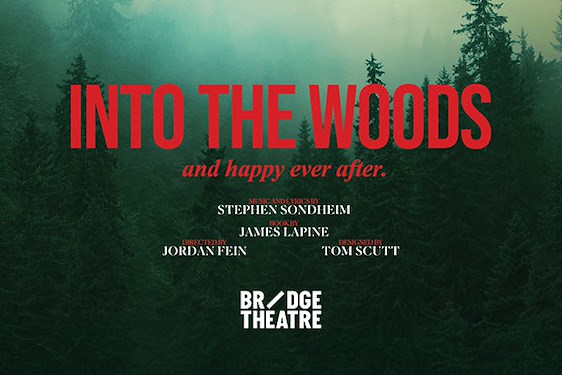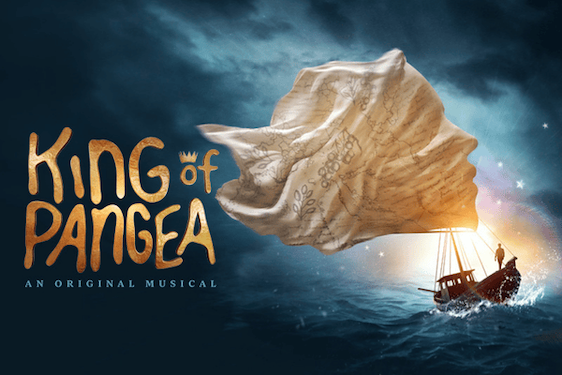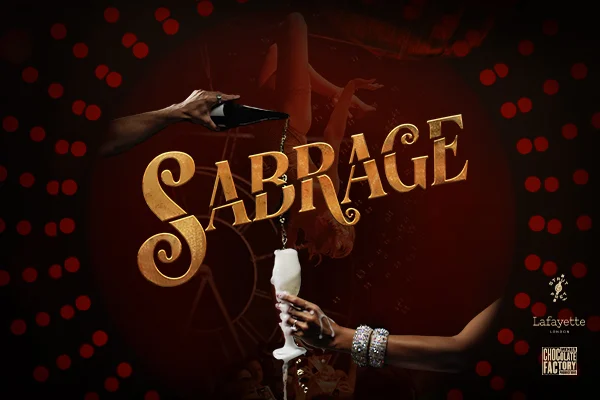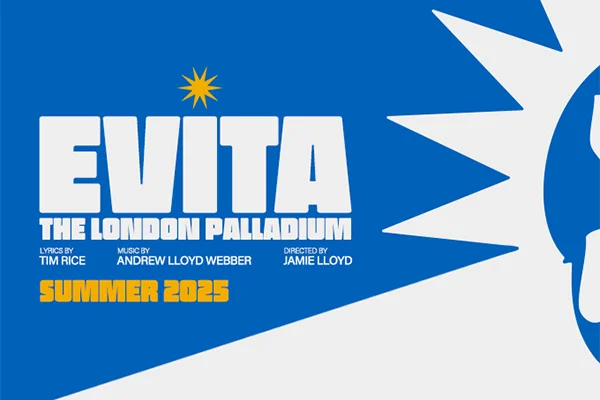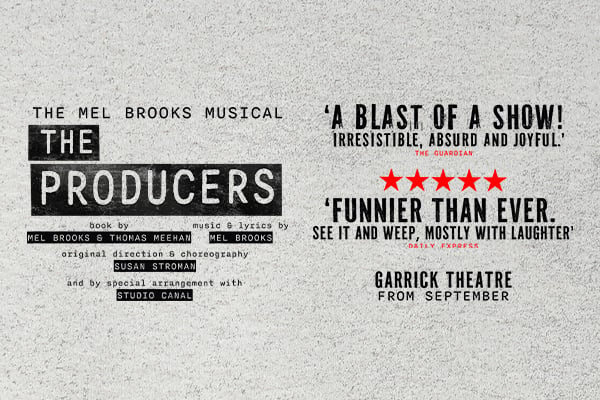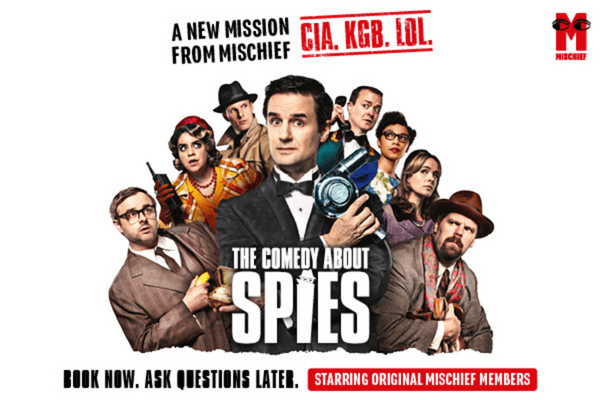Some shows take the audience on challenging yet rewarding journeys through layers of meaning, interpretations, and staging. Looking for Paul is one of those shows, but in this case the journey is more like a trip on acid, at the end of which it would be an understatement to say that the audience is left puzzled.
This is not for the faint of heart; going there on an empty, sober stomach and sitting in back are recommended.
The show starts with shy, angry Rotterdamer Inez giving a slide presentation about her hometown, and a ridiculous bronze sculpture by American artist Paul McCarthy placed in the square where she lives and works. Inez is furious that the ugly, enormous Christmas gnome holding what essentially is a butt plug is always in front of her. Even more than that, Inez is furious that her tax money contributed to buy this piece of art and impose it on her. Theatre troupe Wonderbaum decides, amidst the controversy, to use Inez’s story as the basis of the project they’ll run during their residency at the Red Cat Theatre in Los Angeles. They fly Inez with them to LA and, with local actor Daniel on board, they embark on three painful weeks of rehearsals, brainstorming, and existential crises.
We know all this because the central part of the show is taken with the actors sitting in a row, facing the audience and reading the emails they have written to each other since the beginning of the project. As both project and group fall apart, the actors lament the state of arts funding in the Netherlands, which is increasingly veering towards the liberalised American model. The final email contains instructions given to the technicians of the Red Cat for Wunderbaum’s performance. As Walter reads them, the technicians of the main hall in Summerhall execute them and the final, surreal chapter of the show opens.
This is not for the faint of heart; going there on an empty, sober stomach and sitting in back are recommended. Over what feels like a very long time, the five-member troupe proceeds to smear faeces on the walls, floor and over themselves, squirt ketchup and other sauces everywhere, do things with pickles you wish you’d never seen, and fundamentally re-enact and mock much of McCarthy’s art.
There is always a fine line, when satirising or parodying art, between referring to the object of one’s criticism and creating another piece of art that does exactly the same thing as the piece criticised. This is the case with Looking for Paul. The uselessness and outright unpleasant nature of some art is here brought into focus, alongside a relevant debate on arts funding and whether it is fair for the public to pay for artworks such as the Rotterdam’s controversial gnome. McCarthy’s work, which largely consists of oversized Disney-esque sculptures engrossed in obscene acts and similarly grotesque videos, is taken as an example. Looking for Paul starts a topical and necessary debate about the politics of arts funding, but while doing so it also creates another perplexing work of art that does much the same as McCarthy’s. This is a show that appeals to the audience’s intellect rather than their heart, but for all its puzzling effect, it is a slick, clever production that should not be missed.









